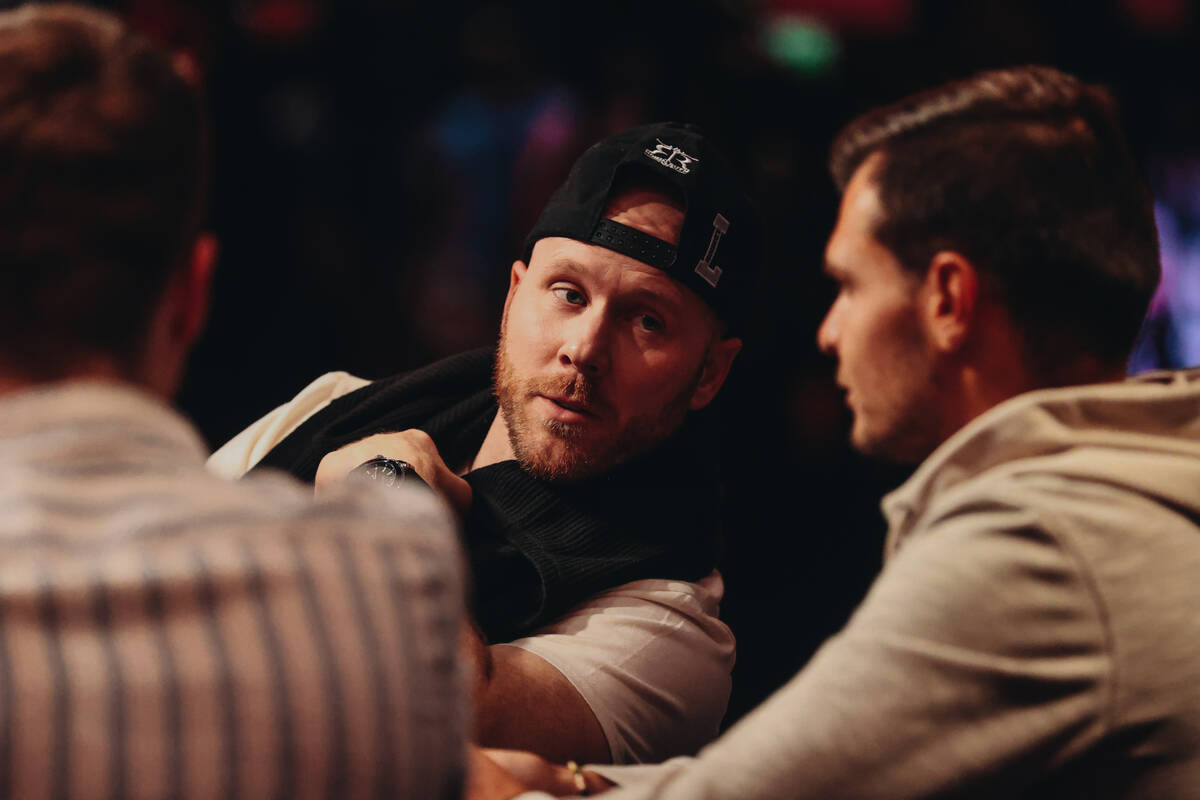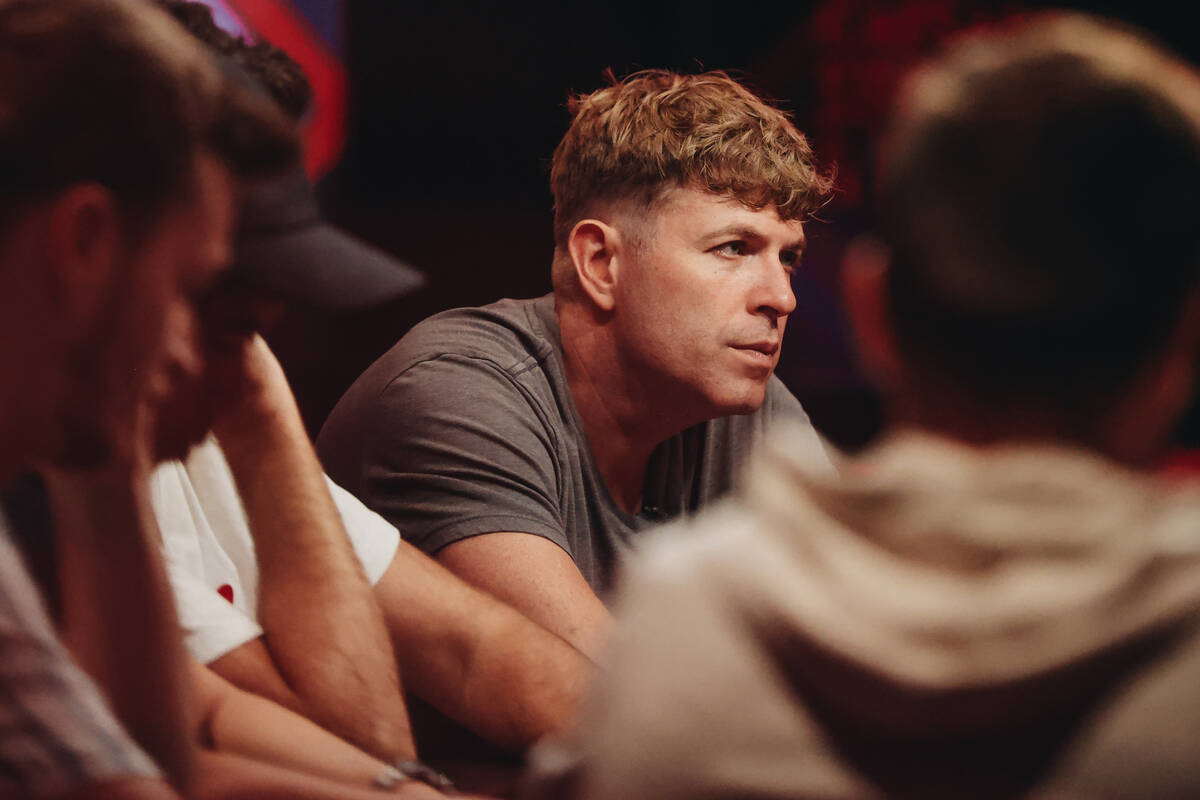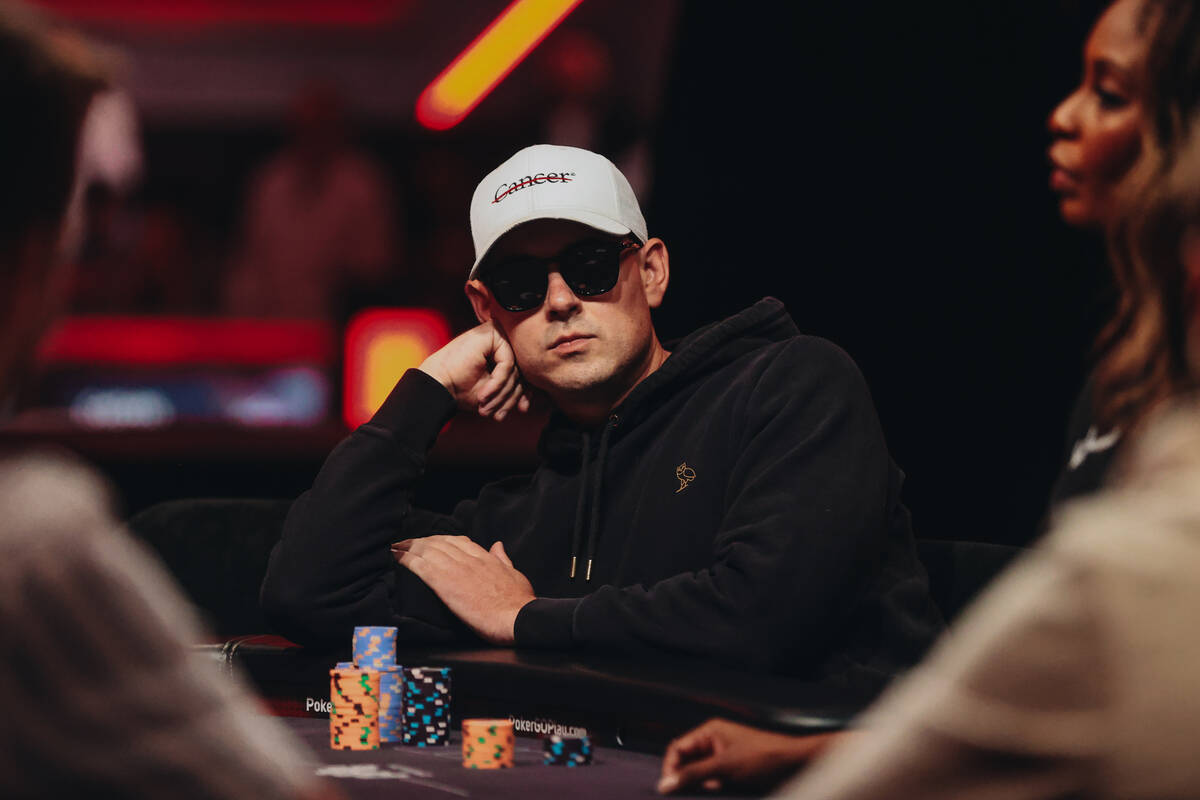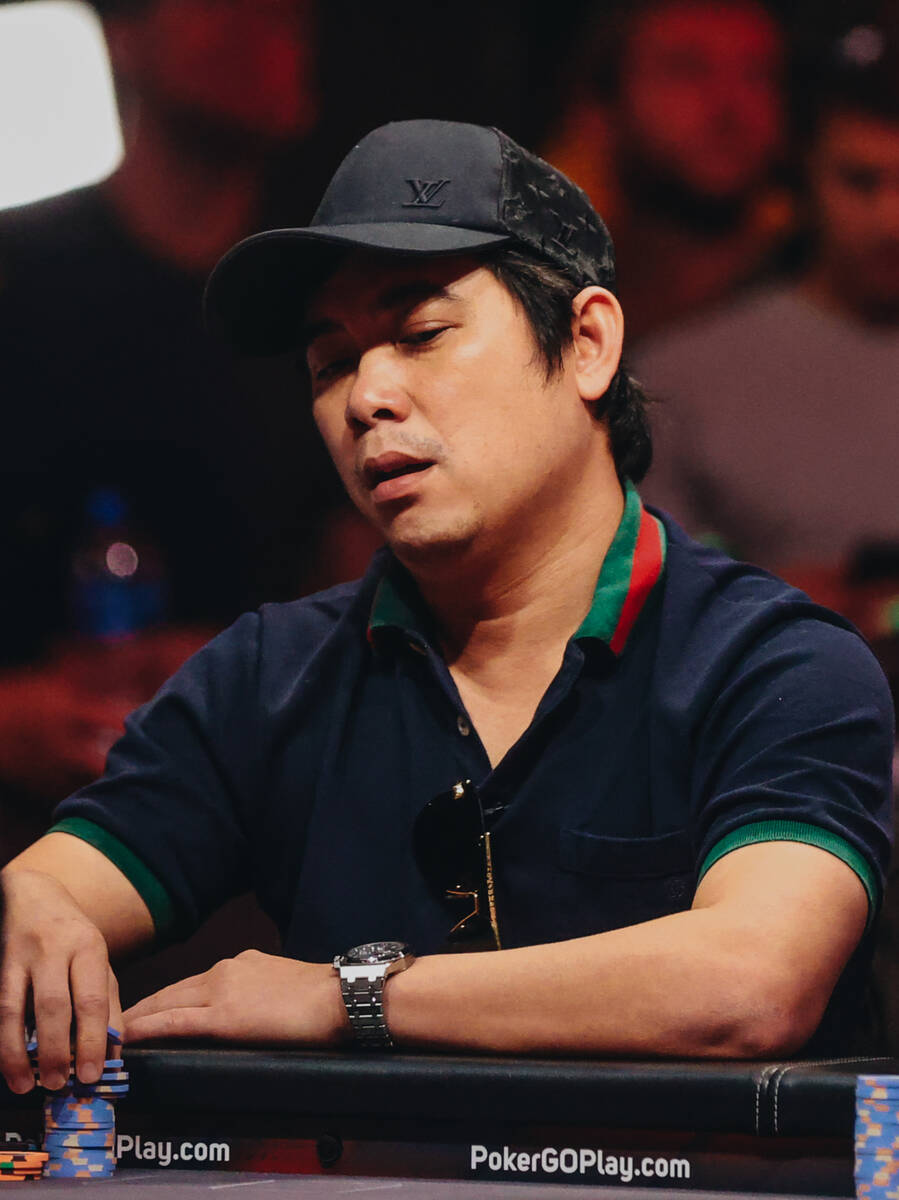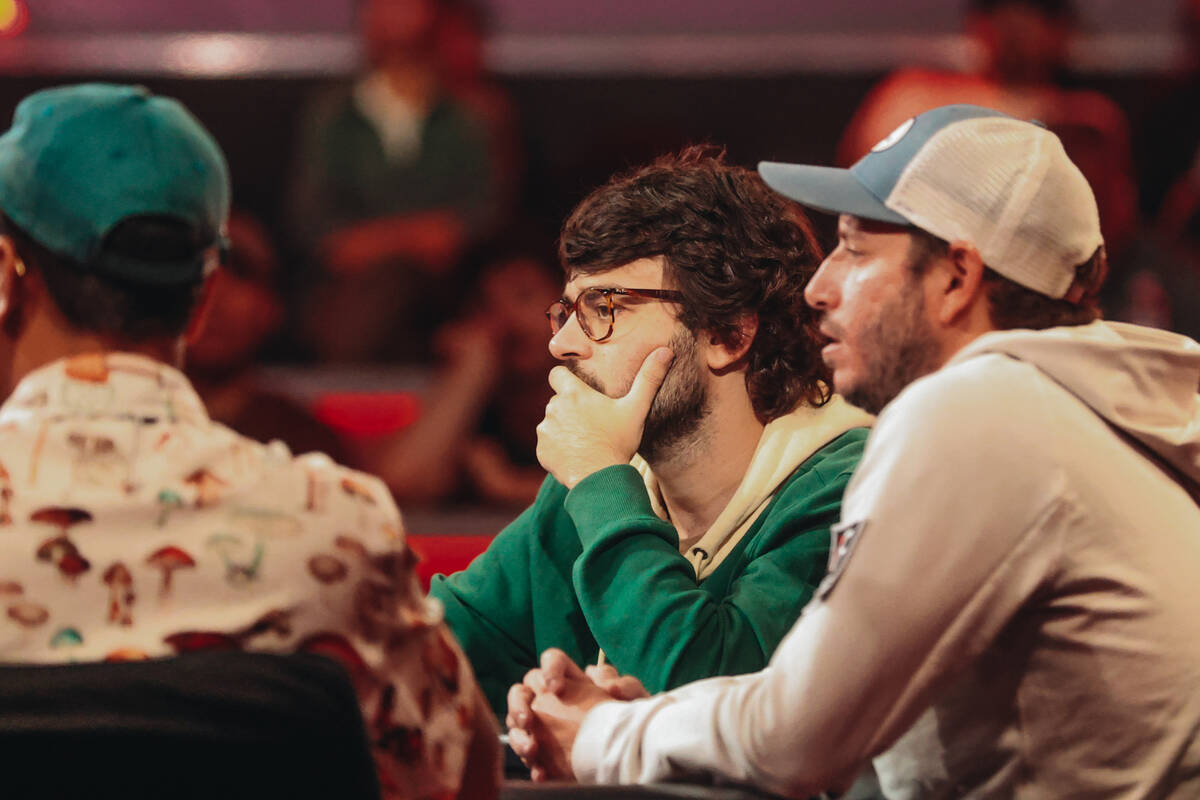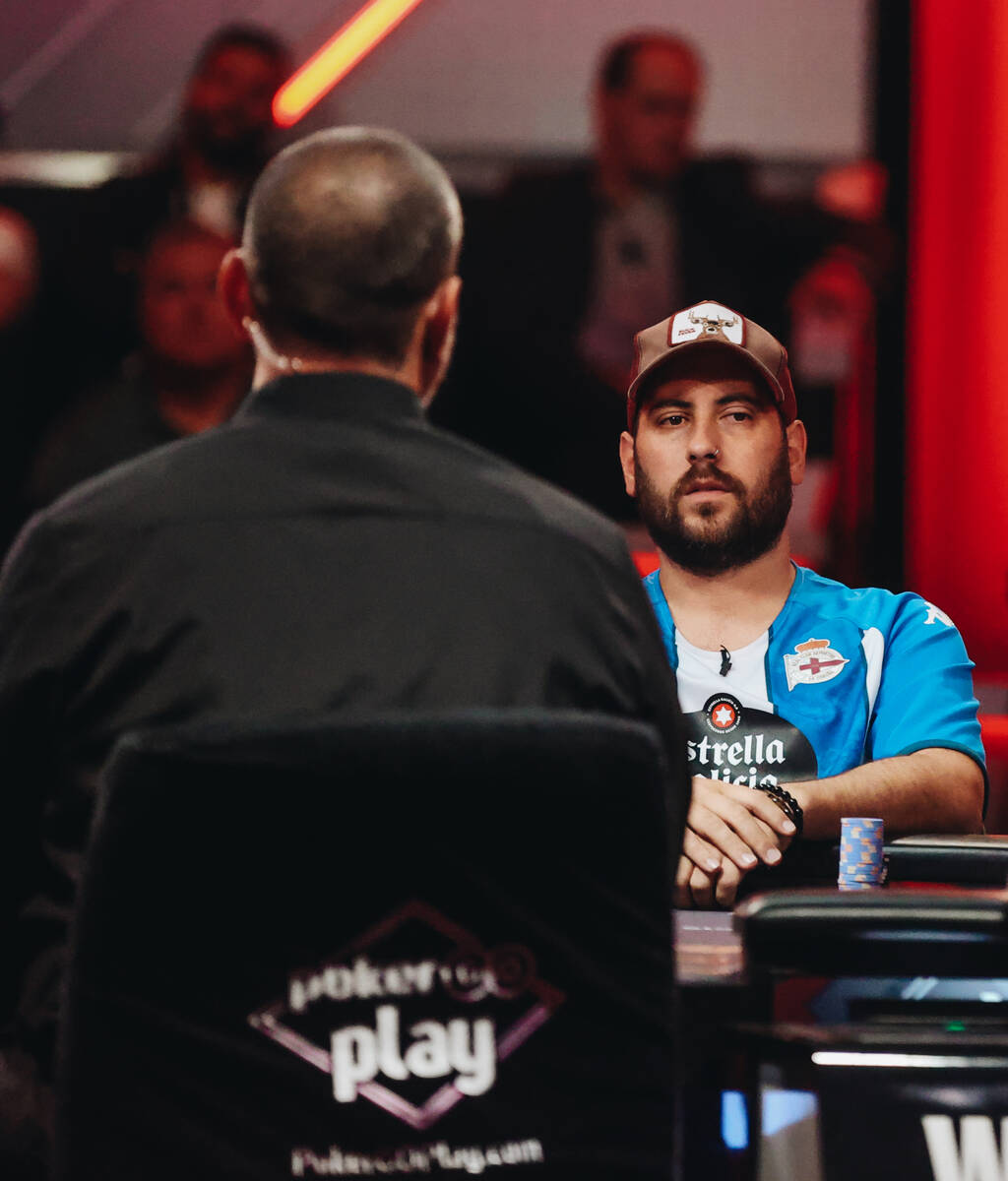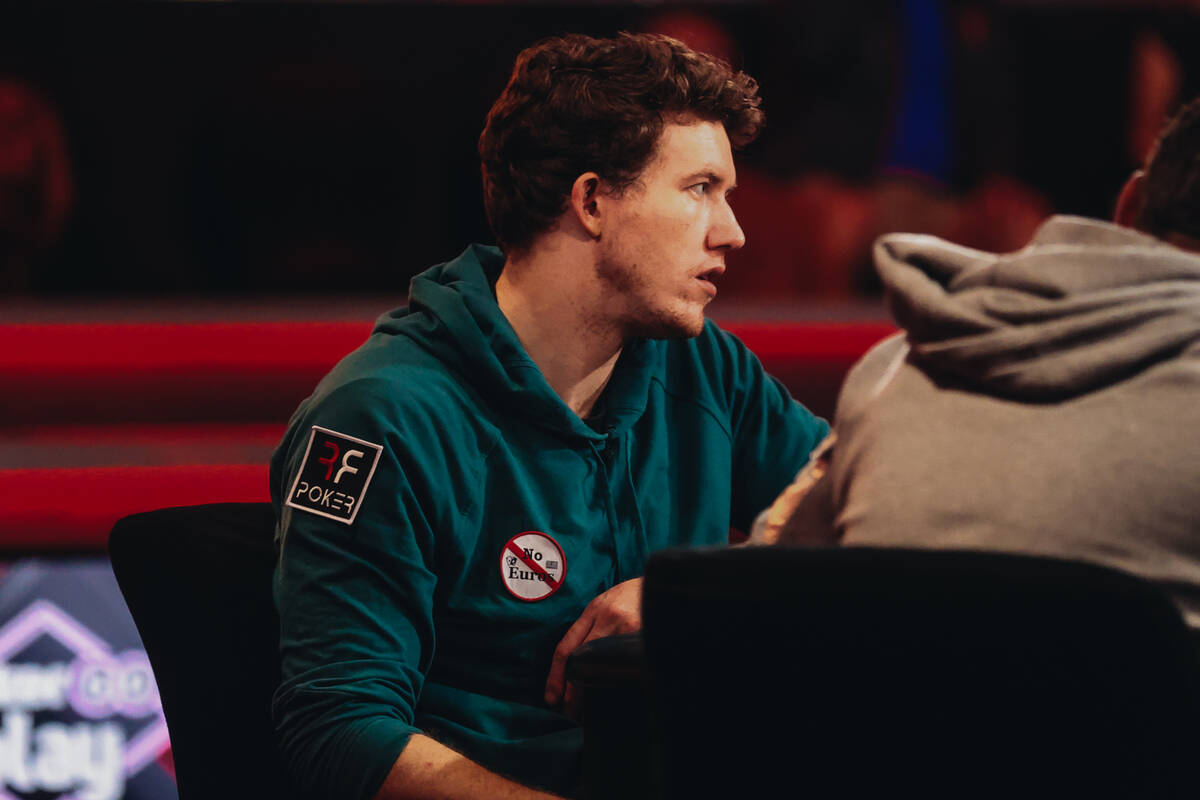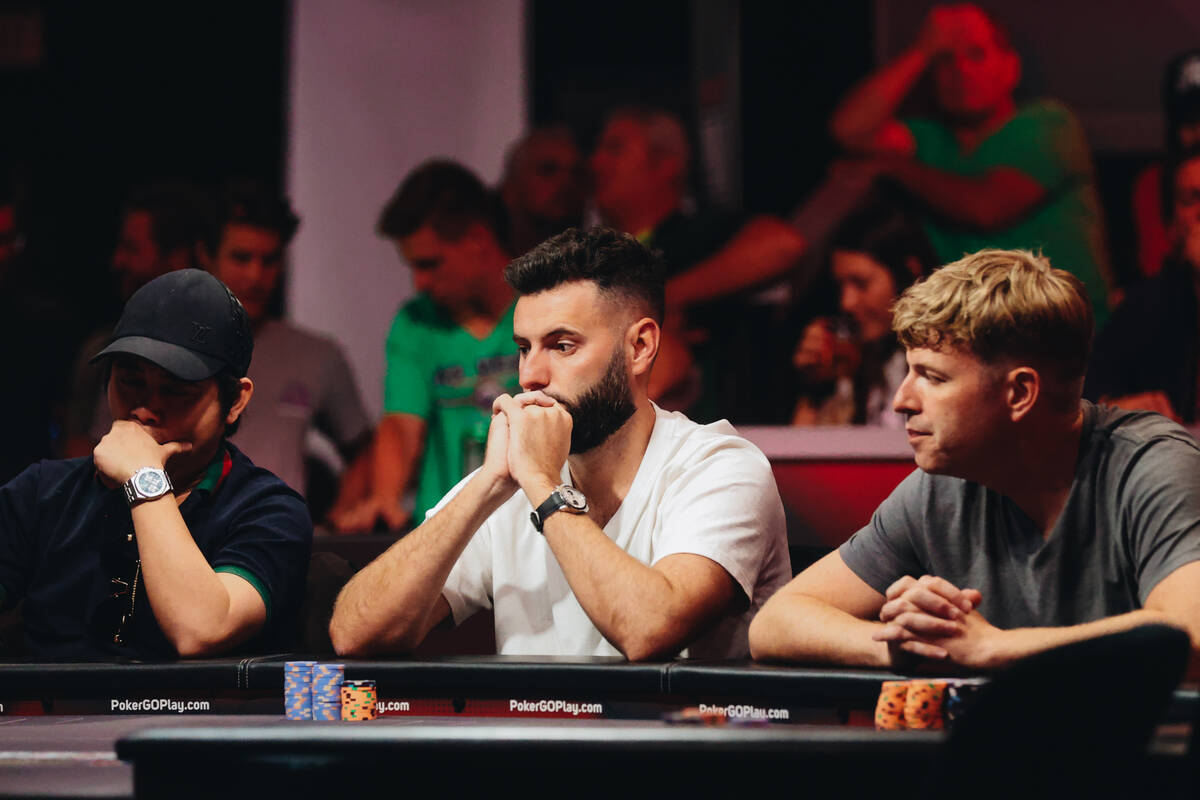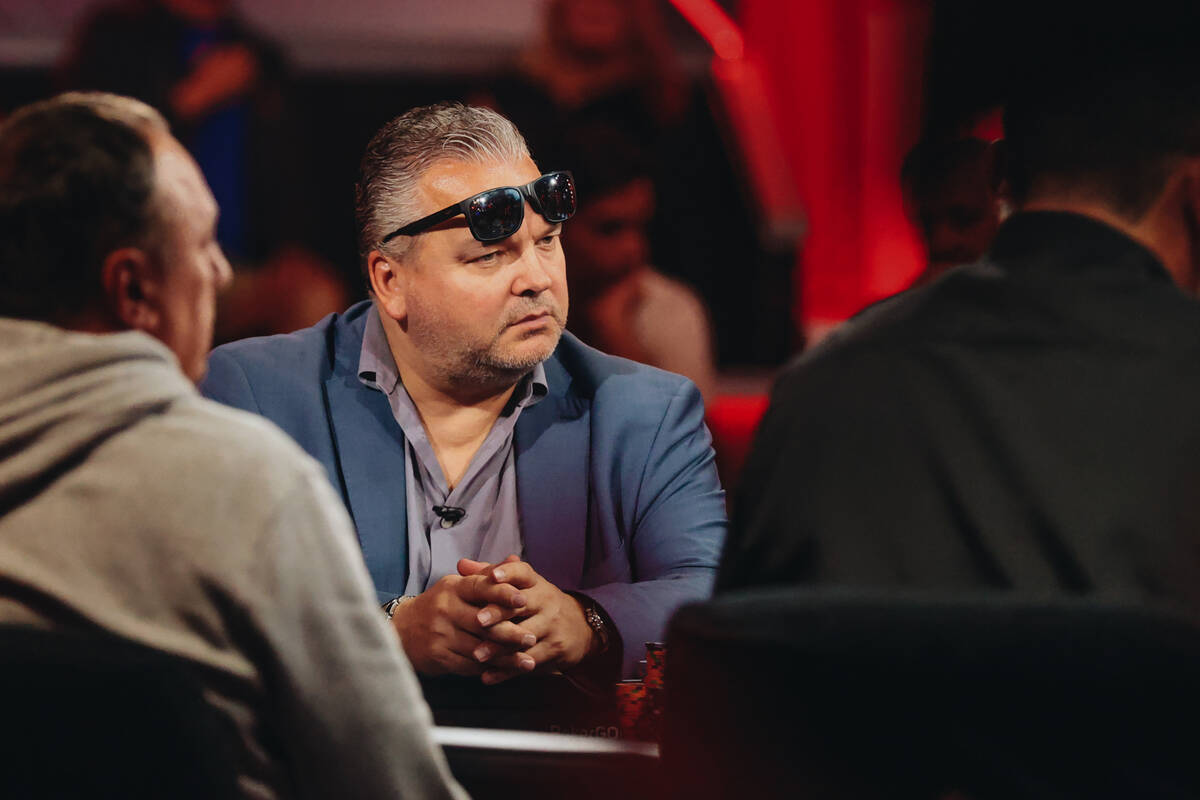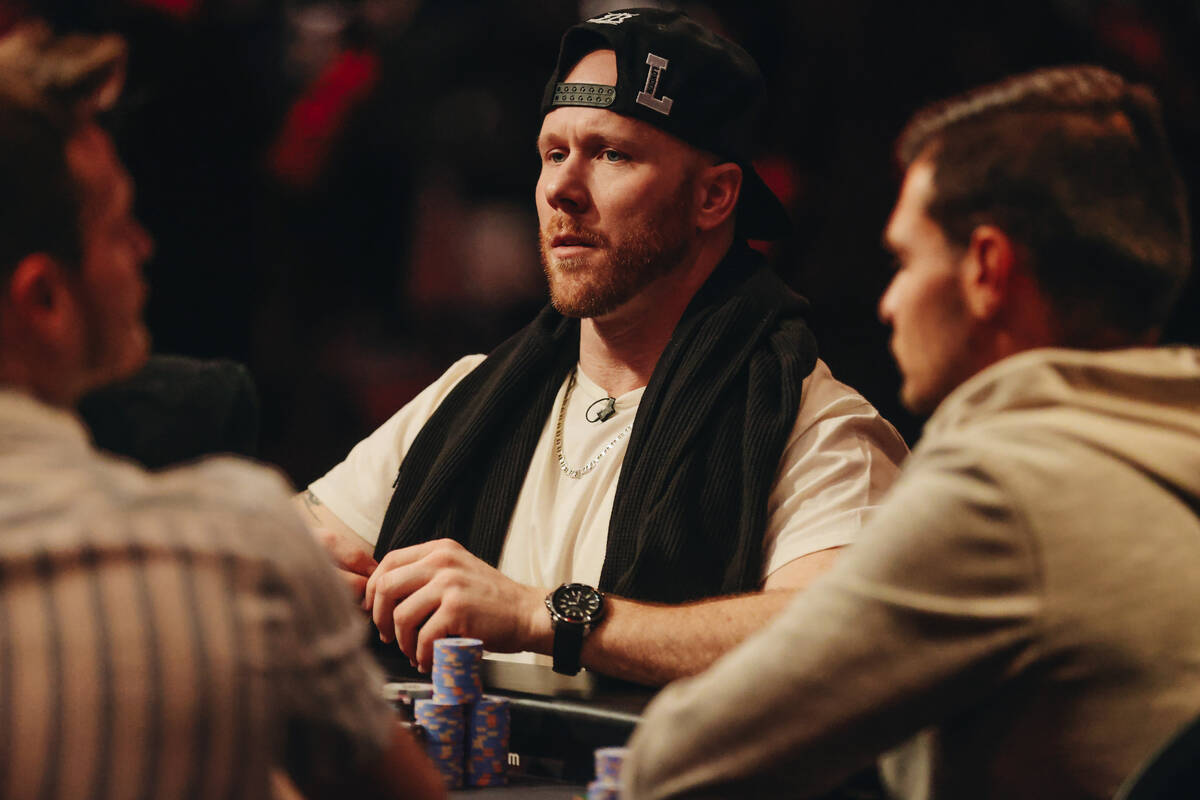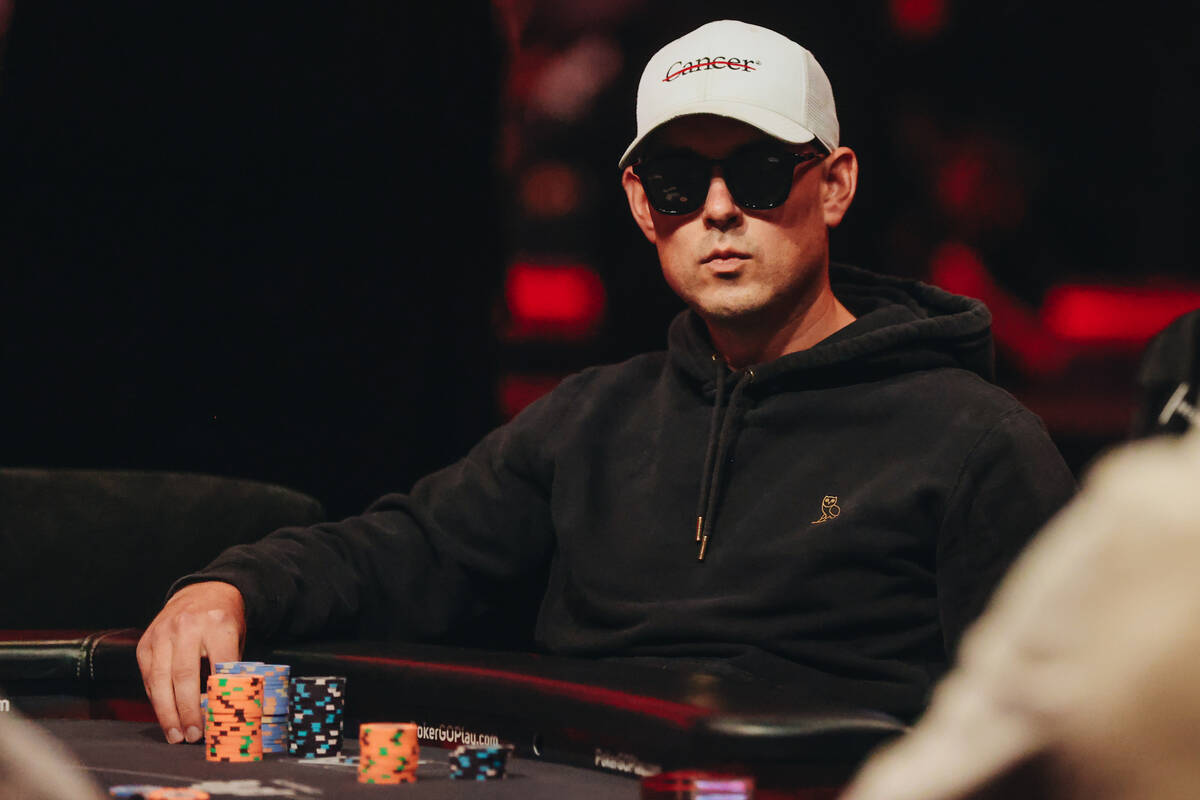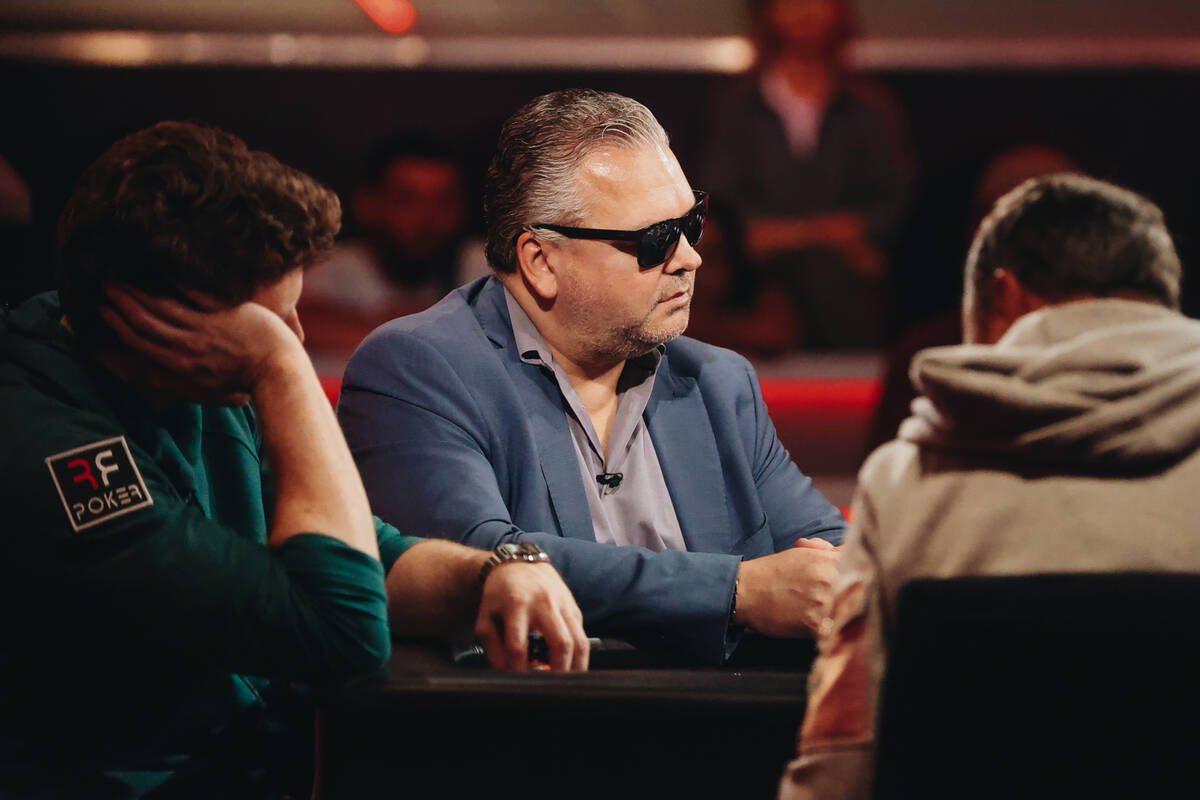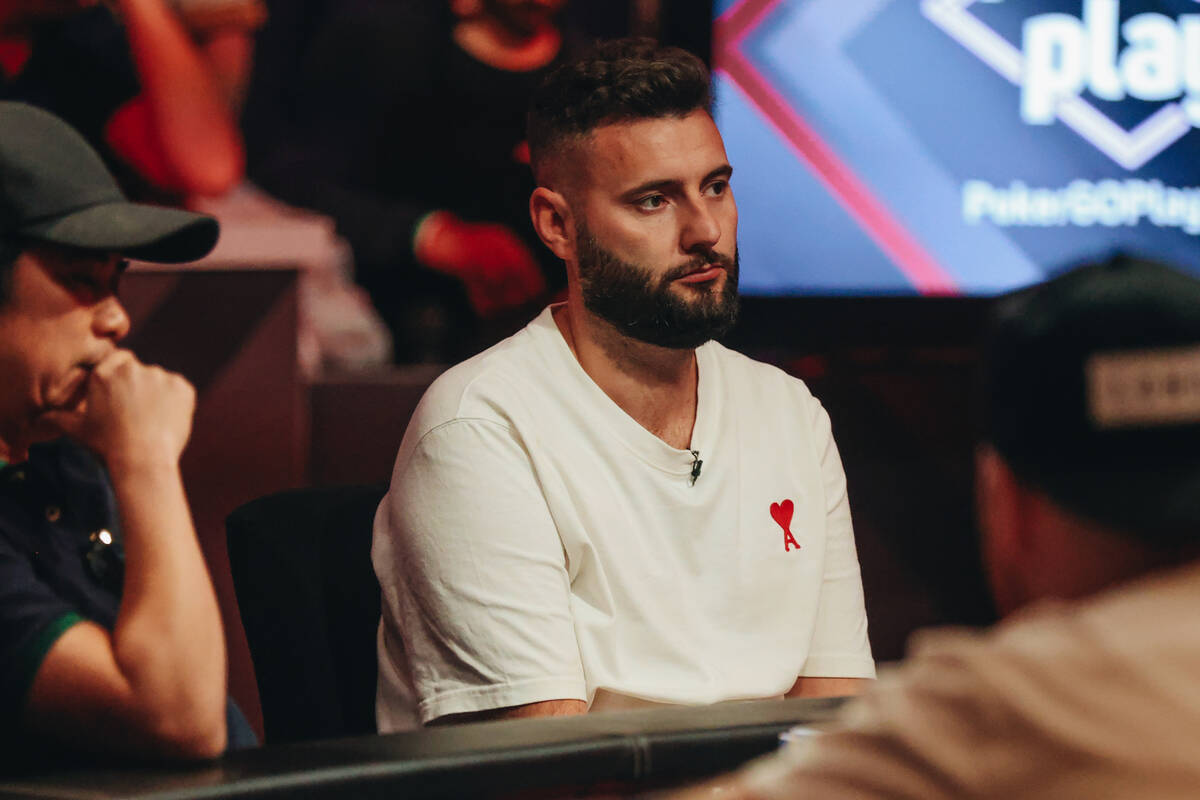Should the WSOP Main Event cost more than $10K to enter?
The $10,000 buy-in for the World Series of Poker Main Event has been romanticized in film, on television and in print for more than 50 years.
But it didn’t always cost that much to enter.
When the tournament format was instituted in 1971 by Benny Binion, the first Main Event had a $5,000 entry fee, and Johnny Moss earned the winner-take-all prize. The following year, the buy-in went up to $10,000, and it has stayed there ever since.
Times change, though, and so does the value of the dollar. This year’s No-limit Hold’em World Championship smashed the previous record for largest Main Event field.
With so many players able to enter at that price point, some in the poker community wonder whether it’s time for the WSOP to increase the buy-in from $10,000.
Others are happy where it is.
“I don’t see any reason whatsoever to kick it up,” professional poker player Daniel Negreanu said. “For what? To lower the numbers? We want to give it a chance for everybody. I think it’s perfect as is.
“There’s something historic about it being $10K, and I think why mess with that?”
The argument for increasing the buy-in is based largely on inflation. According to the Bureau of Labor Statistics’ online inflation calculator, $10,000 in 1971 has the same buying power as a little more than $76,000 today.
The Main Event was the highest-priced tournament on the WSOP schedule until 2005, and the five-figure cost limited the field to professional poker players, wealthy businesspeople and the occasional dead-money amateur hoping to get lucky.
That changed during the poker boom of the 2000s, when attendance for the Main Event spiked in conjunction with the rise of online poker. Chris Moneymaker qualified for the 2003 Main Event through an $86 online satellite and went on to win the tournament, inspiring thousands of new players worldwide who added the Main Event to their bucket lists.
Starting in 2006, the Main Event has not drawn fewer than 6,000 players except during the coronavirus pandemic in 2020 when the tournament used a hybrid online/live format. The field crossed 8,000 players four times, including a record 10,043 this year.
The unknown variable is how many of those players would still enter if the Main Event cost $15,000 or even $20,000. Tournament officials declined an interview request through a spokesperson.
“At some point, I think it should change,” four-time WSOP winner Scott Seiver said. “I think there are lots of compelling arguments on both sides. Just my opinion of it is honestly mostly inflation-related more than anything else.”
Economics 101 teaches that as the cost goes up, fewer people can afford to pay. Players such as 17-time WSOP winner Phil Hellmuth would rather keep the Main Event affordable for as many as possible.
“I’d like to see 20,000 players, that’s the reason why,” he said.
As a way of keeping alive Main Event tradition while still satisfying the high rollers who feel the $10,000 buy-in lost its exclusivity, the WSOP has added higher buy-ins to the schedule. A $10,000 Pot-limit Omaha event debuted in 2005, and the $50,000 buy-in H.O.R.S.E. tournament — a format comprising five poker disciplines — was created the following year.
Of the 95 live events on this year’s WSOP schedule, 26 featured a buy-in of $10,000 or more.
Another way the WSOP has tried to give Main Event players more bang for their $10,000 is by increasing the size of the starting chip stack.
This year, players had 60,000 chips on Day 1, which represented 300 big blinds. When Moneymaker won in 2003, he started with 10,000 in chips.
“It’s cool that all these people get to play,” said Brian Rast, who was inducted into the Poker Hall of Fame on Thursday. “Maybe there will come a time eventually where $10,000 is small enough that maybe that will make sense. To me that time hasn’t come yet, so I don’t think it should change.”
Contact David Schoen at dschoen@reviewjournal.com or 702-387-5203. Follow @DavidSchoenLVRJ on Twitter.
WSOP Main Event final table
When: Sunday and Monday
Where: Horseshoe Las Vegas
Streaming: PokerGO (subscription required)
First prize: $12.1 million



